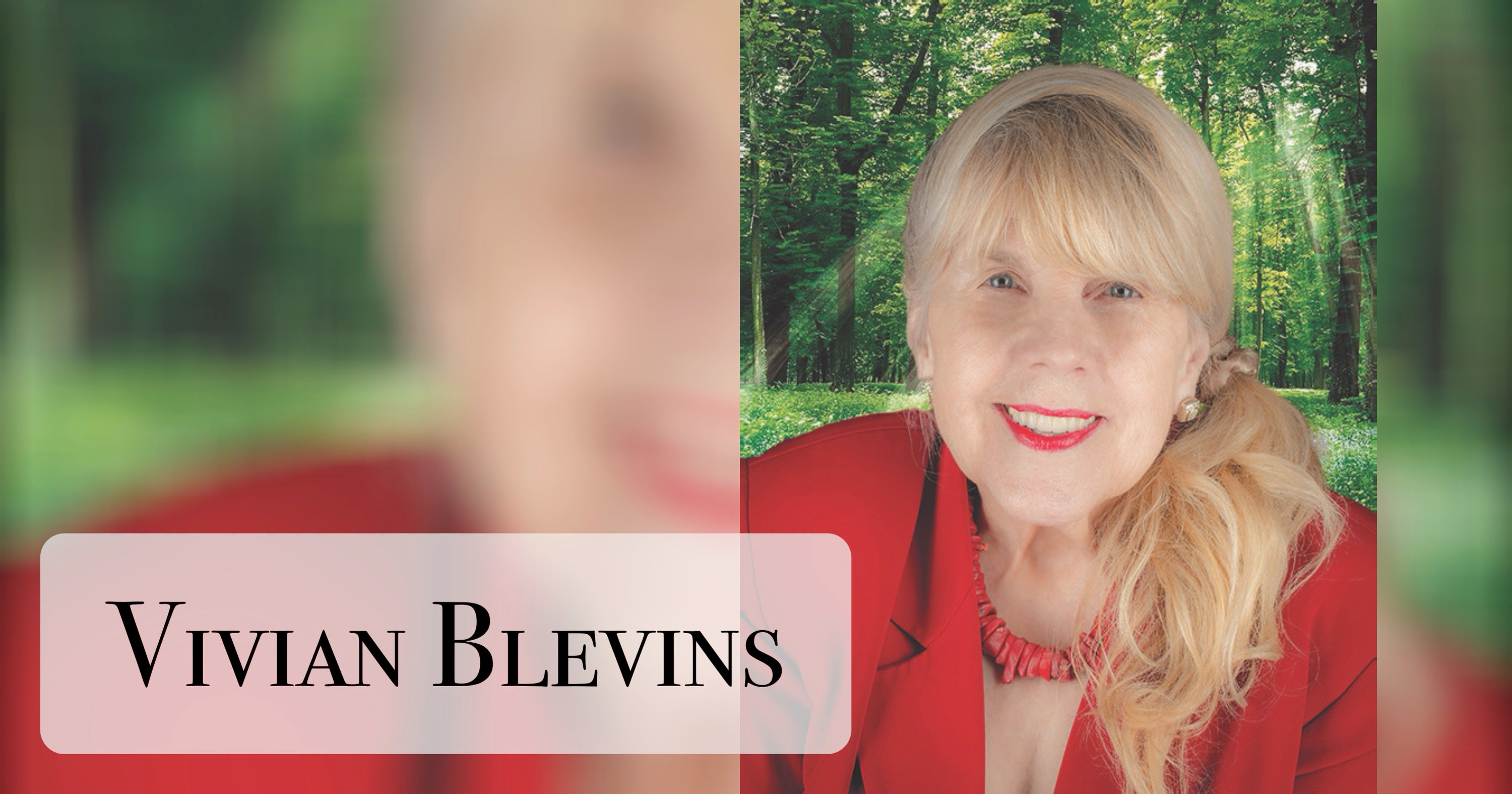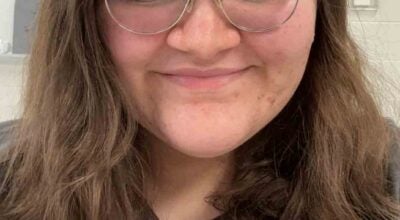BLEVINS: Operation Babylift – Lorie Sandaine
Published 4:42 pm Monday, April 12, 2021
|
Getting your Trinity Audio player ready...
|
By Vivian Blevins
Each time I conduct another interview of the orphans the U.S. brought out of South Vietnam as the war ended, I learn about the ways in which there is a universal connection regardless of our countries of origin – if we seek and embrace those connections.
Those orphans, Americans who are now ages 46 to 50, have used their intellect and motivation to make positive differences in the lives of many.
A C-5 Galaxy, piloted by Dennis “Bud” Traynor, left Tan Son Nhut Airport on the afternoon of April 4, 1975. Shortly after take-off, the aircraft experienced problems which resulted in a crash landing. Amid the chaos, Lorie Sandaine and her twin brother Landon were not immediately rescued. A rice farmer found them in a field, still clinging to each other.
They had initially been placed in the cargo area where all passengers in that crash died, but before take-off, they were moved to the upper deck with the younger orphans. There is no official birth record as all such records were lost in the crash, but Sandaine has been told they were born “sometime in the fall of 1973.” Sandaine says the date of the crash marks the second time she was a survivor.
The first time was when her Vietnamese mother gave birth to her and her brother, then died due to hemorrhaging. Their father tried to care for them but realized he couldn’t. He took them to an area orphanage with two stipulations: they not be separated, and they be placed with educated parents so that they could be schooled appropriately.
The German nurse who cared for Sandaine and her brother at the orphanage referred to them as “Hansel and Gretel.” Keeping them together, however, proved to be a challenge as most prospective adoptive parents wanted only one child.
At about 18 months, the twins were taken to a half-way house where Dr. George Carnie, who was working as a board member for Friends For All Children, saw them and felt drawn to them. The twins were placed with Mormons Carnie and his wife, Deanna, a social worker, and came to Columbus, Ohio, transported first to the U.S.in a Pan American flight chartered by Robert Macauley who mortgaged his home to pay for the flight.
Sandaine reports that she and her brother were severely malnourished when they arrived in the U.S. and had illnesses, including digestive issues. They didn’t cry, as they had learned that crying brought no relief.Deanna fed them poi, a nutritious food to make them healthy. The adoptive parents took them to Colorado to attend culture camps for Vietnamese children and exposed them to different cultures of the world through travel. Sandaine especially appreciates the extended time the family spent in Hawaii, surrounding the children with “people that looked like them.”
At age 19, Sandaine married a “Mormon man in a Mormon temple” even though the Mormon church never felt right to her. She divorced at age 22 when she also left the Mormon religion. Sandaine says “I found the religion to be similar to a toxic relationship where I was never enough. It just never felt genuinely right for me.” This has made the relationship with her dad strained, and her adopted siblings have also left the religion.
At 23, she married again but divorced in 2004. With that marriage, she has three sons: Tannar, Chase, and Ty. In 2001 they adopted a girl, Mia, from Vietnam. Sandaine says of Mia, “I wanted to do for someone what had been done for me and complete a full circle.”
At the age of two, Sandaine had a tumor removed from her left hip, which returned when she was 32 and was successfully removed. At that time, her adopted mother died of colon cancer. This, for her was another period in her role as survivor, the third time.
Sandaine says that she has always been “an overachiever, has always felt she’s never enough and attributes that to her survivor’s guilt,
abandonment issues and being raised Mormon.” She also feels “a need to prove to herself that she is worthy of living,” but says now, “I’m learning to give myself grace. I’m okay.”
She and her children have returned to Vietnam several times, she most recently in 2020. Of those times in Vietnam, Sandaine reports the following: “I appreciated that I looked like everyone else” (DNA tests indicate that she is 98% Southeast Asian) and “liked being a majority. In my earlier visits, I was impressed by the deep rich culture and disappointed that I didn’t speak the language. Yes, I lost my culture, but I was lucky to be adopted.”
Both she and her brother are graduates of Utah State University, and Landon has become a permanent resident of Vietnam and is a principal of a private school there. He returns to the U.S. each year for a month to visit his sister.
Sandaine has spent years working to promote employment opportunities for people with disabilities, an interest she attributes to her mother.
This is another intriguing story of the aftermath of the U.S. involvement in the war in Vietnam, and I feel privileged to relate a small part of Sandaine’s story (I’ve encouraged her to write a memoir). Landon Carnie has his own story, and I would be honored to tell it.





